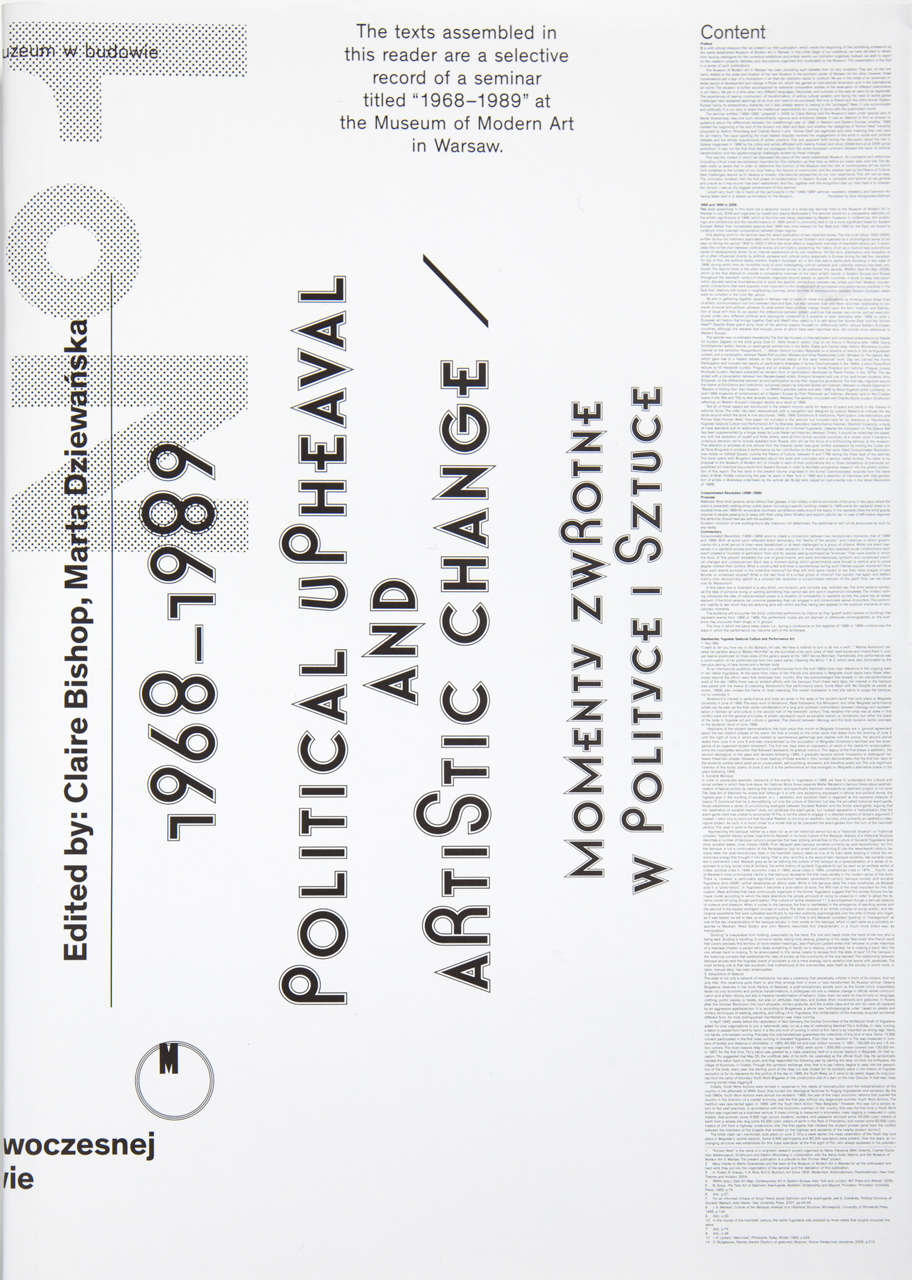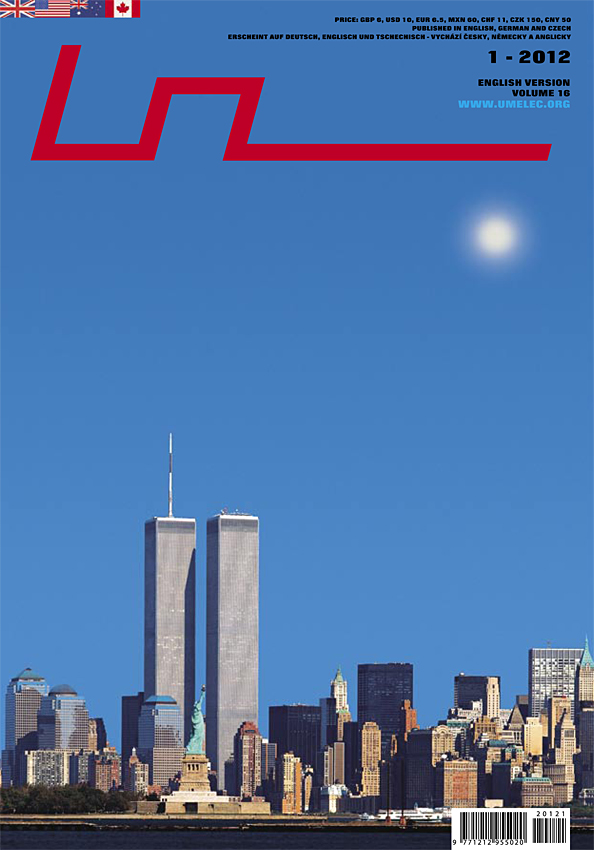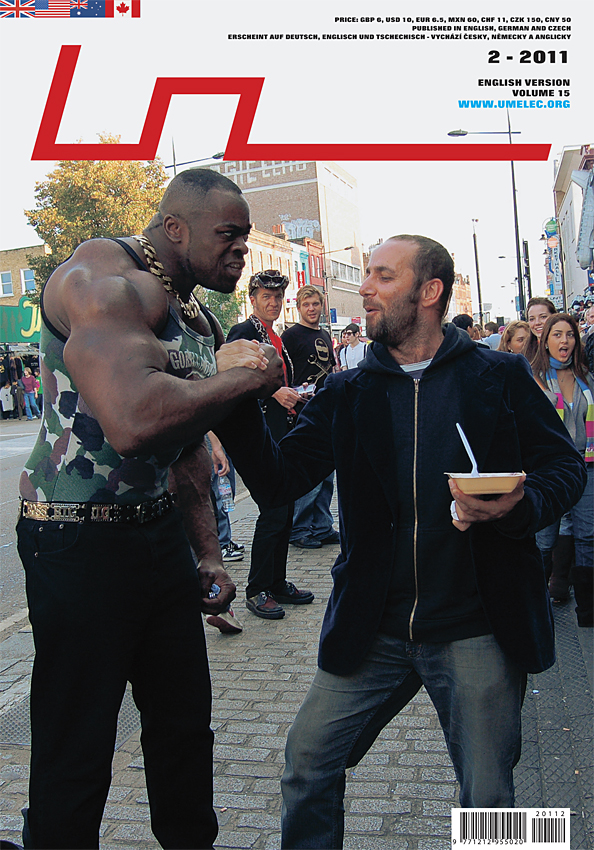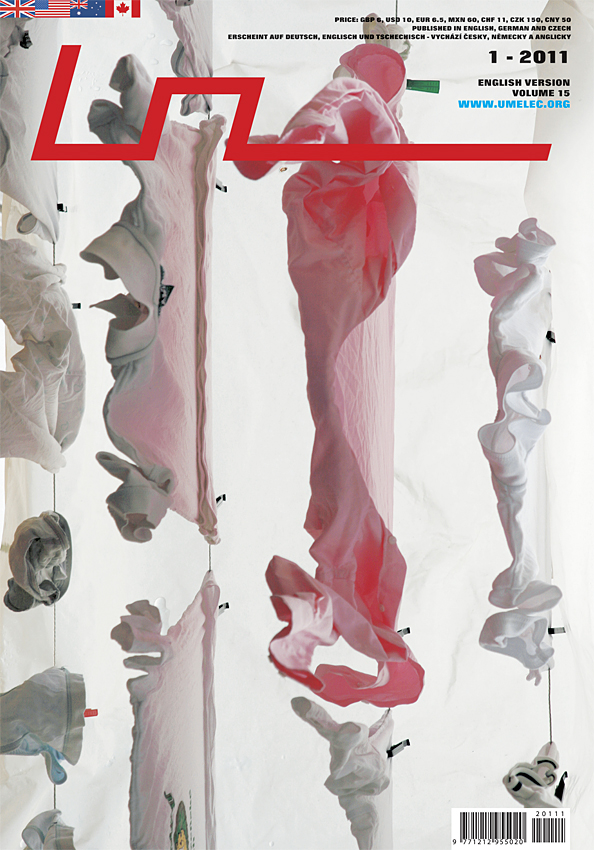Claire Bishop, Marta Dziewańska (eds.): 1968-1989: Political Upheaval and Artistic Change (2010)
Filed under book | Tags: · art, art history, east-central europe, eastern europe, happening, ideology, performance art, politics, southeastern europe

“This volume comprises a selection of texts and presentations from a seminar organized in Warsaw in 2008 by the Museum of Modern Art with art historian Claire Bishop that presented a comparative reflection of Western and Eastern European evaluations of the artistic significance of 1968 and the transformations of 1989, which saw the end of the Soviet empire. The essays presented here explore the extent to which political change affects the form, medium, and distribution of visual art; explains the differences among artistic practices that appear similar but arose in diverse political and ideological contexts; and considers the possibility and desirability of writing a European art history that brings together East and West.”
With contributions by Claire Bishop, Tania Brugera, Branislav Jakoljević, Ana Janevski, Vit Havránek, Tomáš Pospiszyl, Luiza Nader, Gabriela Świtek, Piotr Piotrowski, Attila Tordai-S., Borut Vogelnik, Charles Esche, Kathrin Rhomberg, Joanna Mytkowska, Grzegorz Kowalski and Artur Źmikewski, Milan Knížák, and Ján Budaj.
Publisher Museum of Modern Art, Warsaw, 2010
ISBN 9788392404408
232 (of 504) pages
via Academia.edu
PDF (English section only, 43 MB)
Comment (0)David Crowley, Daniel Muzyczuk (eds.): Sounding the Body Electric: Experiments in Art and Music in Eastern Europe 1957–1984 (2012) [English/Polish]
Filed under book | Tags: · 1950s, 1960s, 1970s, 1980s, art, art history, avant-garde, central europe, east-central europe, eastern europe, electroacoustic music, experimental film, happening, sound, sound art, synaesthesia, video art, visual music

“In the aftermath of Stalinism, composers and artists in Eastern Europe were given new opportunities to experiment. New recording studios equipped with magnetic tape recorders and later, synthesizers were established, first in Warsaw in 1957 and then throughout Eastern Europe. New and often challenging forms of music were produced in these laboratories of sound.
The connections between the visual arts and experimental music were closer in the 1960s than perhaps any time before or since. Sound and image combined in artists’ films, ‘happenings’ and sounding installations. Experimental forms of notation were also created to stimulate uninhibited musical expression.
The early happenings and actions of the 1960s were associated with intellectual freedom and reform. The exhilaration of experimentation declined during the decade and in the 1970s new critical forms of art emerged which associated sound with surveillance and censorship.
This book accompanying an 2012 exhibition at the Muzeum Sztuki in Łódź explores both the optimism and the anxiety that was to be found in the experimental zone of art and music.”
The exhibition later moved to the Calvert 22 Gallery in London.
Artists: Collective Actions, Walerian Borowczyk, Andrzej Dłużniewski, Szábolcs Esztényi, László Vidovszky, Krzysztof Wodiczko, Grzegorz Kowalski, Zygmunt Krauze, Henryk Morel and Cezary Szubartowski, Eugeniusz Rudnik, Bulat Galeyev, Milan Grygar, Milan Knížák, Oskar Hansen, Zofia Hansen, Zoltán Jeney, Vitaly Komar & Alexander Melamid, Katalin Ladik, Jan Lenica, Dóra Maurer, Vladan Radovanović, Józef Robakowski, Bogusław Schaeffer.
Dźwięki elektrycznego ciała: Eksperymenty w sztuce i muzyce w Europie Wschodniej 1957–1984
Publisher Muzeum Sztuki, Łódź, 2012
ISBN 9788387937980
222 pages
David Crowley’s presentation at MoMA (video, 50 min)
Sounding the Body Electric: A Conversation (Michał Libera, Art Margins)
Accompanying audio 2-CD
PDF
PDF (exh. guide, Calvert 22 Gallery, London, 2013, added on 2023-12-27)
Umělec (1997–) [CZ, EN, DE, ES]
Filed under magazine | Tags: · art, art criticism, art history, central europe, contemporary art, east-central europe, film, music, outsider art, politics, visual culture



“Since its inception Umelec has remained the only international art magazine in English about contemporary visual culture in Central Europe and beyond. Umelec is dedicated to more focused regional or national issues, and always tries to bring to life the current social-cultural situation, including its more marginal aspects. We do not consider culture as a decoration of the state body, but as one of the most important inspiring values of life, even if it is radical or strange.” (from the publisher)
Publisher: Divus (Ivan Mečl), Prague/London/Berlin
Editor-in-chief: Palo Fabuš; formerly: Lenka Lindaurová and Vladan Šír, Jiří Ptáček, Alena Boika
Graphic design: Dita Lamačová; formerly: Dan Vlček, Ondřej Strnad, Jakub Němeček, Ivan Mečl
Issue 1/2012 (English, HTML), also in German, Czech.
Issue 2/2011 (English, HTML), also in German, Czech.
Issue 1/2011 (English, HTML), also in German, Czech.
Other issues (HTML), incl. Special issues: “Austrian” (2009–1, EN/CZ/DE), “Mexican” (2007–2, EN/CZ/DE/ES), “German” (2005–2, EN/CZ/DE), “Swiss” (2006–2, EN/CZ), “French” (2002–1, EN/CZ). The issues from 2005–3 up to 2009–1 were also published in Spanish.

